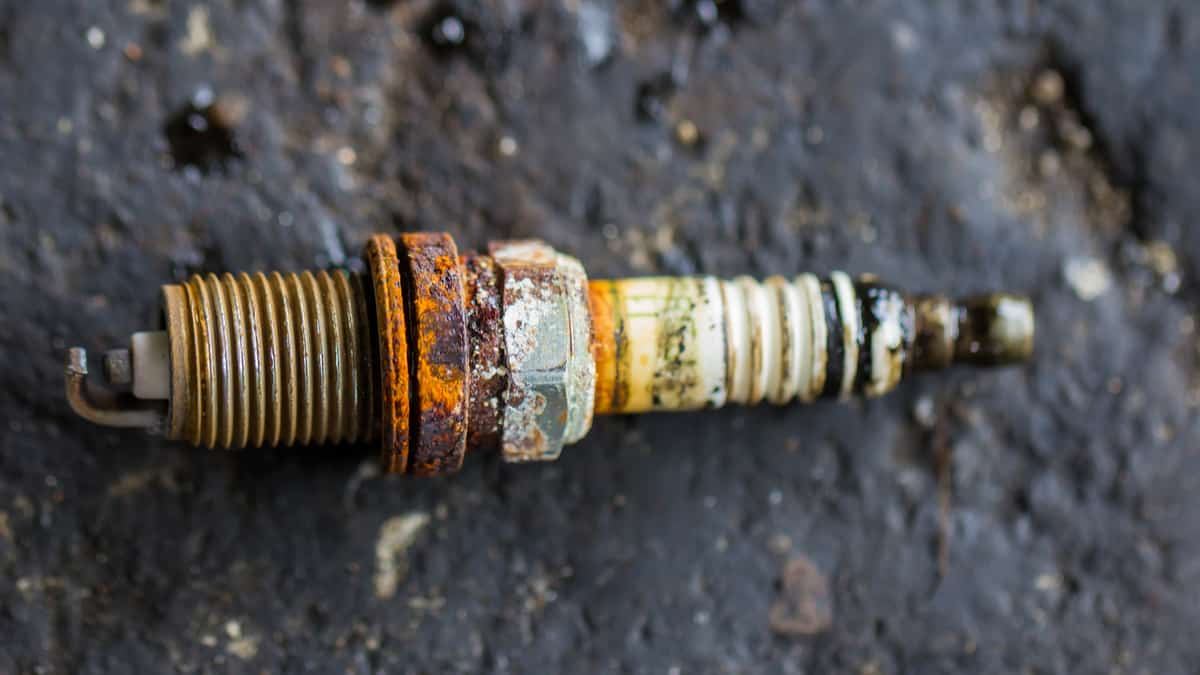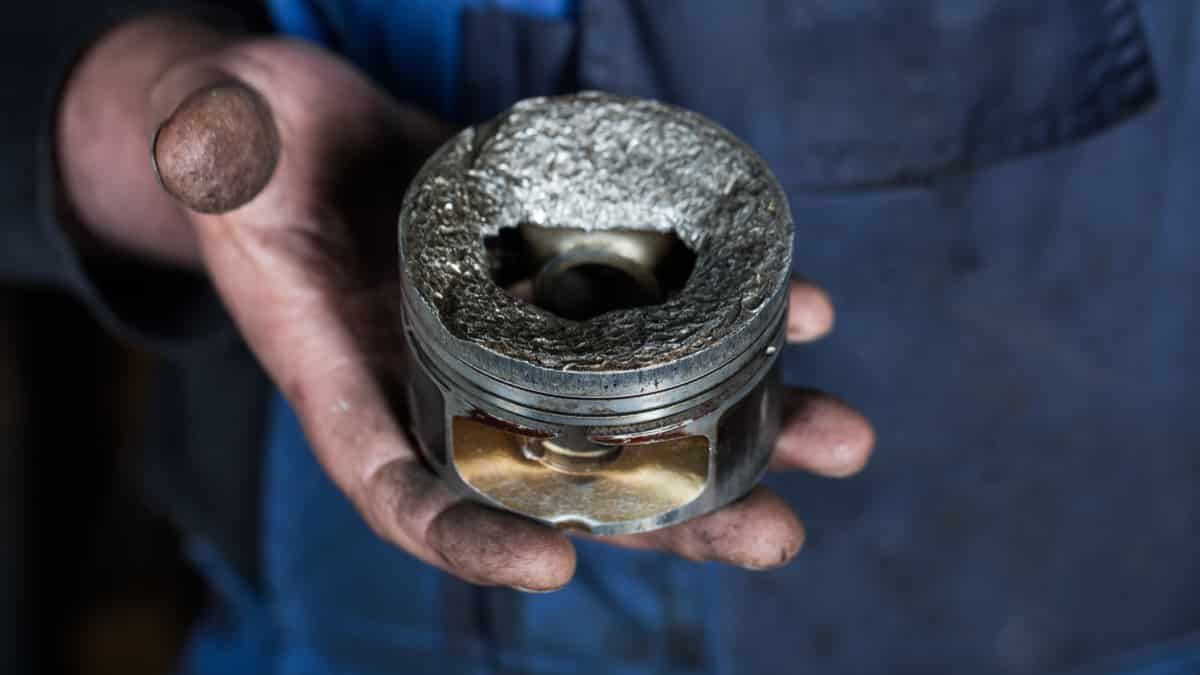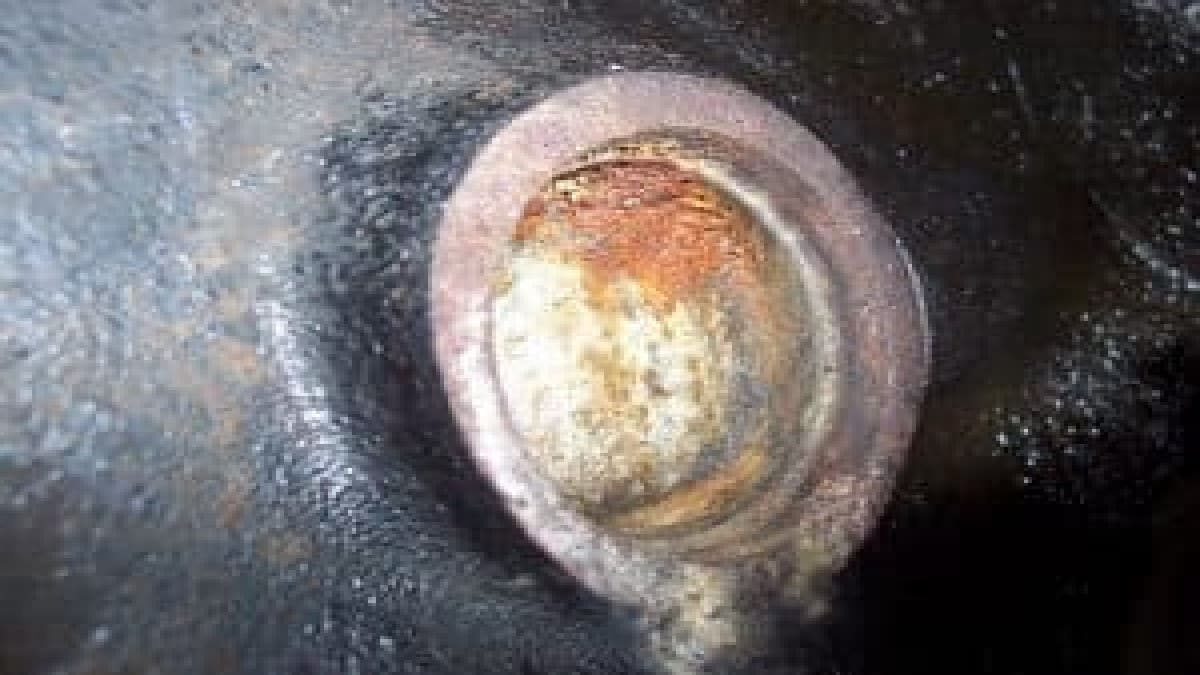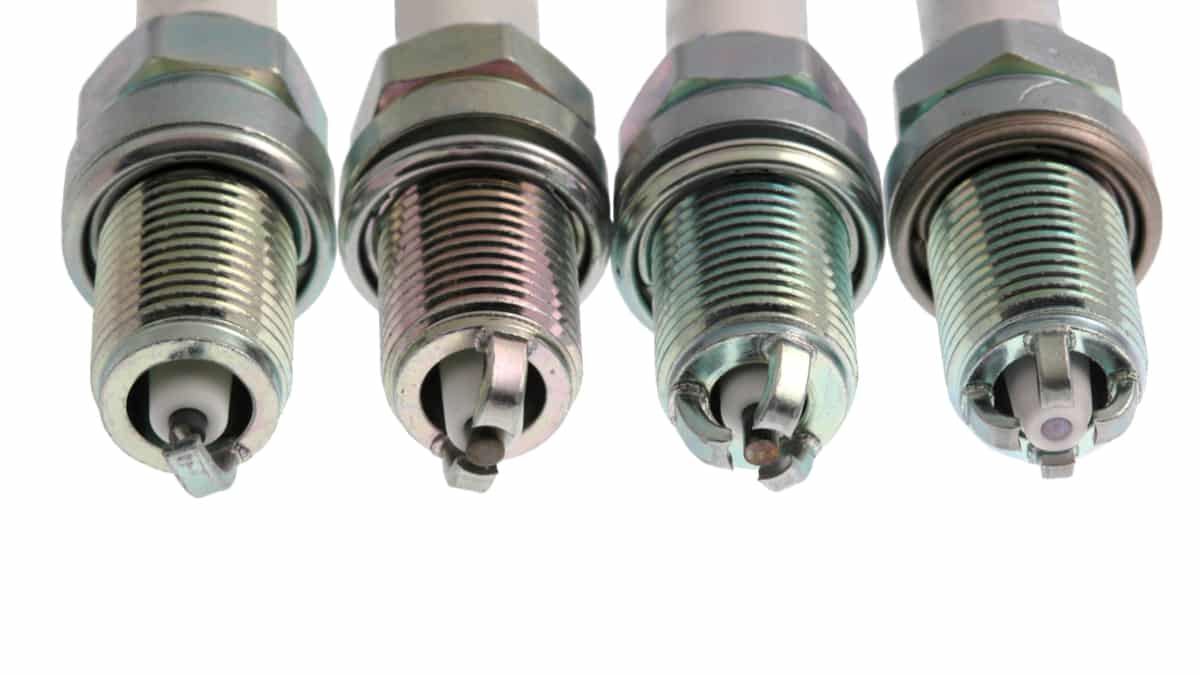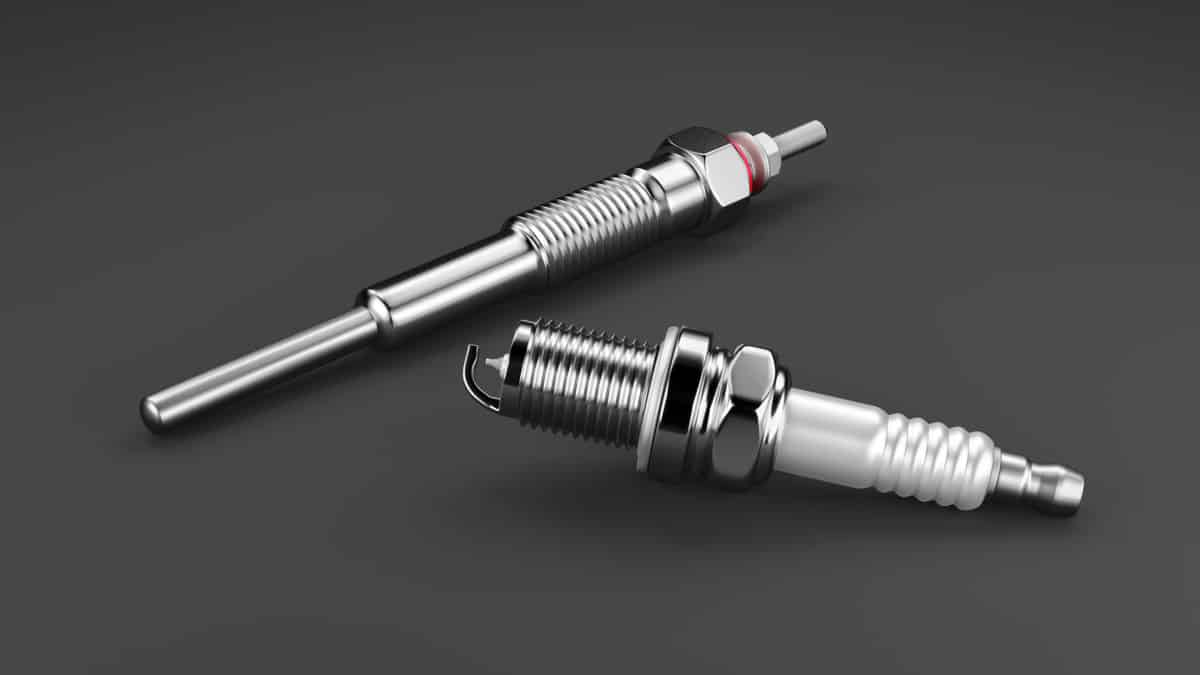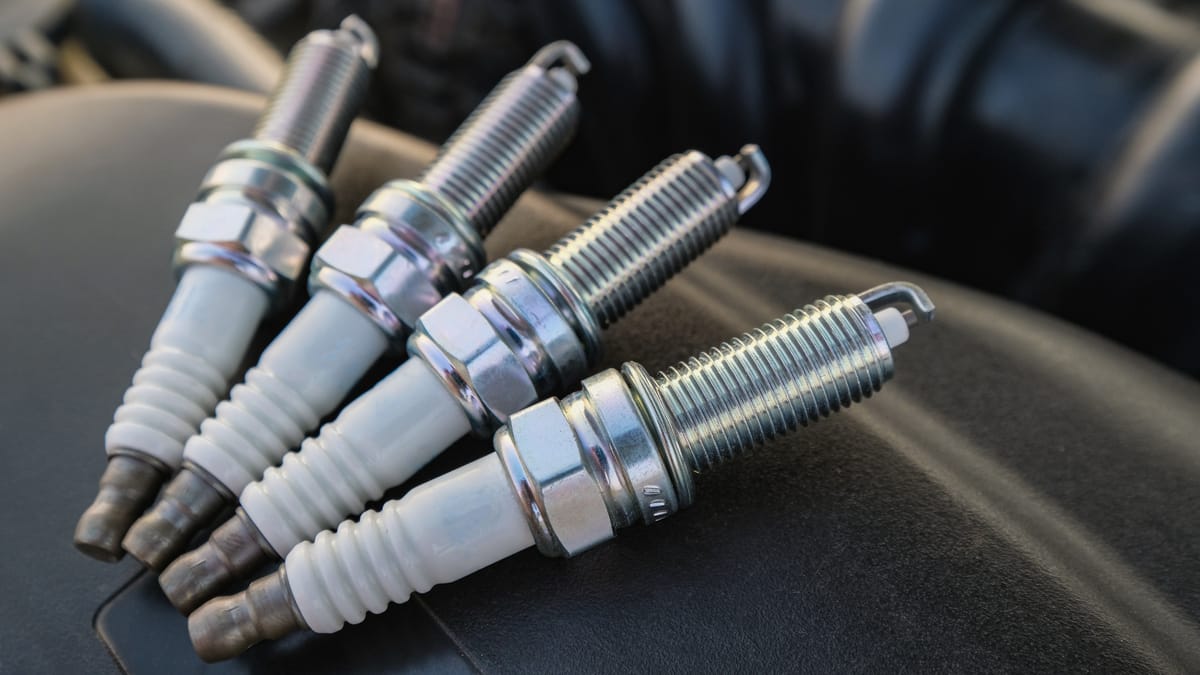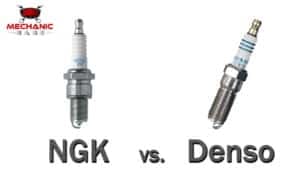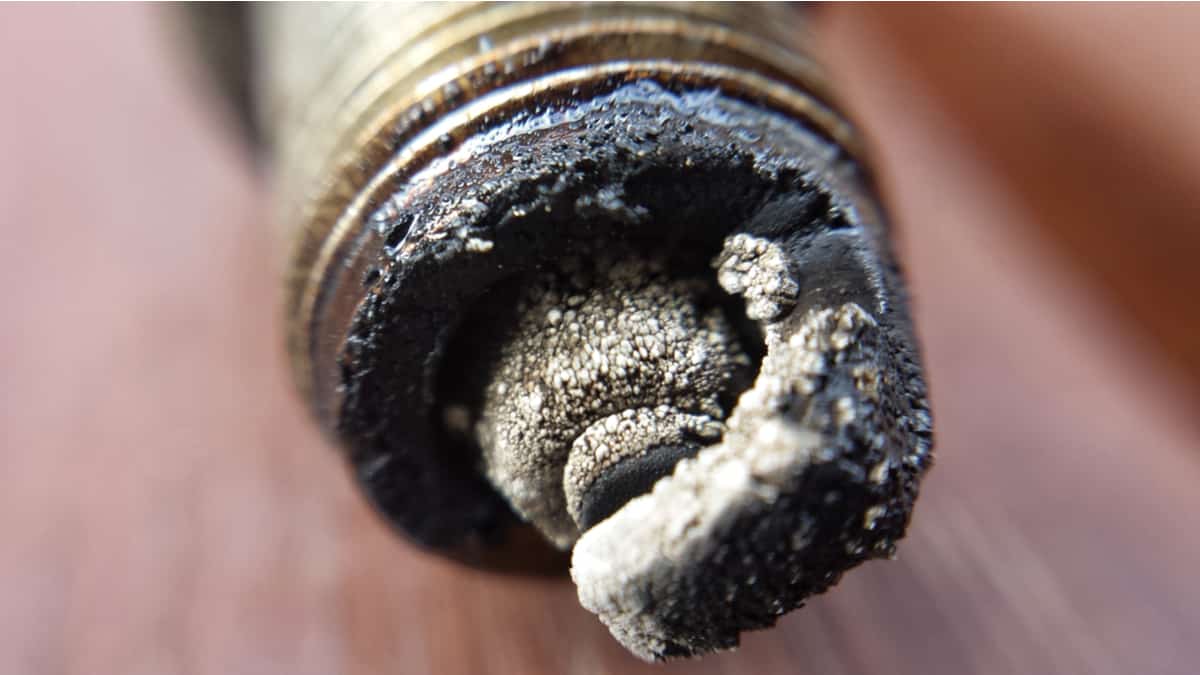Regular car maintenance is important if you want to prolong the life of the engine. As part of the standard tune-up, you might need to have the spark plugs replaced. How long do spark plugs last, and how can you tell when they should be removed?
By understanding what type of spark plugs you have in your vehicle, you gain a better idea of how often they should be changed. Additionally, you want to watch for signs that the spark plugs should be changed.
How Long Do Spark Plugs Last?
Standard copper spark plugs might need to be replaced every 20,000 miles, while platinum or iridium plugs might last 60,000 miles. However, there are extended life, high-end iridium and double platinum plugs that are rated for 100,000 to 120,000 miles instead.
Here is a more detailed list of how long spark plugs will last depending on the type of spark plug.
1. Standard Copper
Copper spark plugs are among the cheapest option on the market. They contain a center electrode that’s copper coated with nickel alloy. It’s the type with the largest diameter, requiring more voltage to create a spark.
Additionally, the nickel alloy material isn’t durable, because it’s soft. For this reason, you need to replace copper spark plugs most frequently, even as often as every 20,000 miles.
However, you should always check the owner’s manual or contact your authorized dealer for the spark plug service schedule for your particular engine type. See the bottom of the article for more information.
RELATED: 4 Types of Spark Plugs (Copper vs Iridium vs Platinum vs Double Platinum)
2. Iridium/Platinum
Single platinum plugs have a similar design to the copper plug, but the center electrode is made with a platinum disc that’s welded to the tip, so there’s no nickel alloy. These spark plugs will generate more heat, allowing for less carbon buildup. If you drive a car with a coil-on-plug ignition, platinum is probably the chosen spark plug type, but they do cost a little more.
Additionally, iridium spark plugs are more durable because iridium is a harder material. There’s less voltage needed to create a spark, which is why they are more expensive. In general, standard platinum or iridium spark plugs might last 60,000 miles or more.
3. Extended Life/Double Platinum
If you are looking for maximum performance, you want high-end iridium or double platinum spark plugs instead. With the double platinum plug, you gain a premium coating on the ground and center electrodes, creating a more efficient spark.
Both of these options are more reliable than anything else on the market. Depending on what manufacturer you choose, they could last 100,000 miles or more between changes, making them worth every penny.
4. Silver
Silver spark plugs aren’t quite as common as the other options, but they are used. You might find them in a motorcycle, racing engines or older European vehicles. These spark plugs have electrodes that are coated in silver.
This type is rated highly in terms of thermal conductivity, but they don’t last long. In fact, you might need to change these every 20,000 miles as well.
It’s not advisable to put silver plugs in any vehicle that they aren’t intended for. These are only meant to be used in very specific vehicles – generally, those that are much older. However, you might be able to upgrade away from silver plugs if you drive certain vehicles. Check with your local auto technician if you are unsure what’s compatible with your vehicle.
What are Spark Plugs?
Spark plugs are an essential part of the combustion process in the gas-powered engine. These small components ignite the air/fuel mixture in the combustion chamber. Without spark plugs, the car engine wouldn’t start, and it would have trouble running.
Inside each cylinder, there is usually one spark plug. The tip looks like a bulb that plugs into the wire head, creating high voltage that sends energy to the engine. This charge can range from 40,000 to 100,000 volts, which is why there’s an insulator for added protection.
On the outer tab, there’s an electrode. The space found between the electrode and hook is where the spark occurs, designed to ignite the mixture in the engine cylinder.
Diesel engines don’t use spark plugs. Instead, these engines rely on the help of glow plugs, which have a different purpose.
Signs Spark Plugs Need to be Replaced
1. Strange Engine Noises and Misfires
When the spark plugs get corroded or have carbon build up on the tips, you will start to hear a variety of noises. The pinging, rattling or knocking sounds can all be caused by the combustion process being interrupted.
When the spark plug fires at the wrong time or is too weak, the engine will misfire and the sounds will become more consistent. It’s best to change the spark plugs at the first sign of trouble to avoid any future issues. However, before you change the plug, you might want to examine it. An improper gap can cause many of the same problems, and this issue is simple to fix.
RELATED: 6 Symptoms of Bad Spark Plugs (& Replacement Cost)
2. Hard Start
Spark plugs are necessary for starting the gas engine. If they are worn or degraded, starting the engine can prove to be more difficult.
Over time, the trouble starting the engine can get worse. If the situation continues unaddressed, damaged spark plugs can eventually keep the engine from starting at all, leaving you stranded.
3. Performance Reduction
Spark plugs aren’t just used to get the engine started, but also to keep it running. If the spark plugs are firing incorrectly or not completely, there will be noticeable issues with the performance.
You might notice the trouble more when you are trying to accelerate. Otherwise, the drive could just seem more sluggish or unresponsive. The engine can also start misfiring, leading to a jerky drive.
4. Degraded Fuel Economy
When the performance of the engine degrades, you will see poor fuel economy. This problem occurs because the engine isn’t running as efficiently as possible.
With that wasted fuel also comes higher bills to handle your daily commute. As gas prices continue rising, you don’t want to add any more to your expenses.
5. Check Engine Light
Whenever the car engine isn’t running correctly, the Check Engine Light can come on. This system is designed to detect any faults with the regular operation of the motor. Failing or worn spark plugs can trigger the warning, alerting you to the problem before things get worse.
Additionally, if the engine starts to misfire, you will also see the Check Engine Light come on. However, if the engine light starts flashing, this is a sign of a more serious problem. You shouldn’t keep driving when this occurs, or you could allow catastrophic damage. You may see error codes like P0300, P0301, P0302, P0303, P0304 when your spark plugs are bad.
Even if no other symptoms are noticed, it’s best to change the spark plugs at regular intervals. By following the manufacturer guidelines, you can avoid all of the other problems that were previously listed.
If you aren’t sure how often this is, look at the recommendations given with the spark plugs. However, you must also factor in the type of vehicle you drive. Your local auto technician can give you an appropriate interval if you are lost.
I recommend writing this maintenance recommendation in a book with the other appointments it should have. You can keep a notebook showing you what mileage to change the oil, replace the filters, and replace the spark plugs. Every maintenance step you take ensures a better running engine down the road, so don’t procrastinate when it’s time.
Categories: Engine, Maintenance
